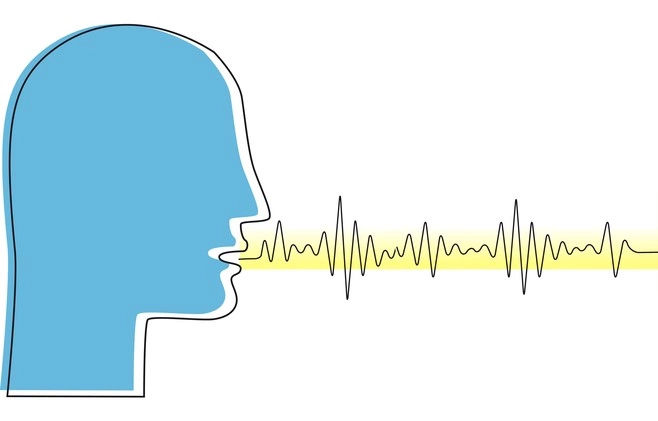Is Medical Speech Recognition a Health Care Hazard?

By now, I think we’ve all had the infuriating experience of calling our cable provider or any number of other oversized companies and being asked by a friendly but thinly disguised ‘robot’ voice to explain the reason for your call. It then processes and regurgitates what you’ve just said and asks you for verification. If it was incorrect, this process can continue until you find yourself screaming “REPRESENTATIVE!” into the phone five times before you are either disconnected or miraculously routed to an actual human.
It used to be that radiologists would read MRIs and dictate their findings...which would then go to a medical transcriptionist, trained in medical terminology and anatomy, who would catch any mistakes.
Now, imagine this same technology being used in your medical records. Yes, really. It is called speech recognition (SR) and in the last 10 years, it has single-handedly wiped out an entire occupation made up of highly trained medical transcriptionists. It has also become one of the most common sources of errors in medical records and most people are not even aware of it.
Before I tell you why this should be important to you, let me explain how things worked in the days pre-SR. It used to be, for instance, that a radiologist would read your MRI and, while they were looking at all the images on the computer monitor, they would pick up a microphone and dictate their findings. That dictation would then go to the medical transcriptionist, who would transcribe the dictation into a neat, accurate, and grammatically correct medical report. The transcriptionist would be trained in medical terminology and anatomy, and they would know enough to catch any mistakes that the doctor made.
Transcriptionists have been replaced by computers that cannot catch mistakes like a human can.
If, for example, it was an MRI of the left knee and the doctor stated “right knee” in the report, the transcriptionist would flag that and bring it to the doctor’s attention for correction. If a doctor mentioned “ovaries” in a report done on a male patient, the transcriptionist would catch that and send it back to be fixed. You get the picture.
Now, transcriptionists have been replaced by computers. Doctors are dictating to software that cannot catch mistakes like a human can. The software also needs to identify the accents of many doctors, bad grammar, and background noise. The mistakes that arise from these complications are often funny, but always dangerous. Here are some real examples: “MRI of the brain shows the testicles to be mildly prominent”, “the patient has 2 teenage children but no other abnormalities." Funny from a distance, but grossly incorrect.
Not only that, but doctors are now being asked to proofread their own reports before signing off on them, something their transcriptionists used to do. Most doctors are not willing to take precious time away from seeing patients, and the result is that they sign the reports electronically and send them off without looking. In fact, you may see at the bottom of some of your test reports a disclaimer stating something to this effect: “this report was produced without benefit of proofreading and may contain typographical errors”. This is a recent effort to get around any medical liability for errors. So your report could be signed and sent off with the recommendation for biopsy of the wrong breast, with comments on organs you don’t possess, or with just plain gibberish.
The industry-wide decision to go all in on speech recognition software is the single most overlooked area in which medical errors are occurring.
Bottom line? The industry-wide decision to go all in on SR software is the single most overlooked area in which medical errors are occurring. Voice recognition saves hospitals and clinics money, and despite quality being sacrificed, they’re not going back. So, review your medical records carefully and remember: You are entitled by HIPAA to obtain copies of you medical records. Upon receiving them, read through them carefully, and be sure to ask the provider who issued the report to correct any mistakes, especially if they are related to any diagnostic testing. Then follow up to get a copy of the corrected report.
If you need assistance obtaining the records or translating the medical terminology, contact a patient advocate. Organizing and correcting your medical records is a service patient advocates can offer; this could avoid potential medical errors and protect your health down the line.
